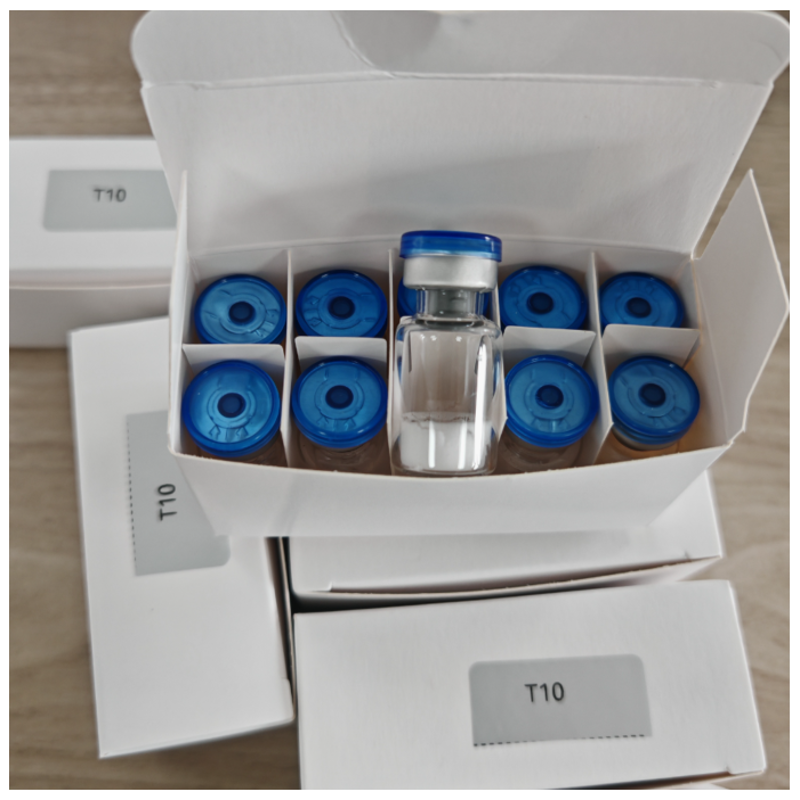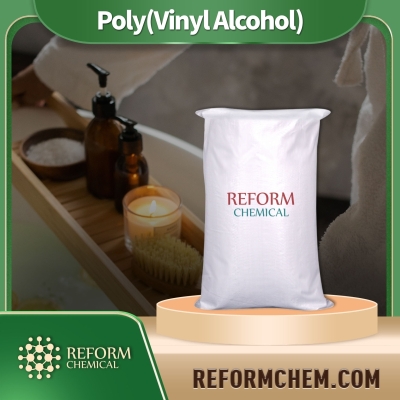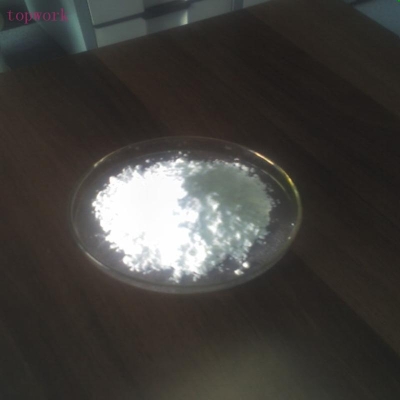-
Categories
-
Pharmaceutical Intermediates
-
Active Pharmaceutical Ingredients
-
Food Additives
- Industrial Coatings
- Agrochemicals
- Dyes and Pigments
- Surfactant
- Flavors and Fragrances
- Chemical Reagents
- Catalyst and Auxiliary
- Natural Products
- Inorganic Chemistry
-
Organic Chemistry
-
Biochemical Engineering
- Analytical Chemistry
-
Cosmetic Ingredient
- Water Treatment Chemical
-
Pharmaceutical Intermediates
Promotion
ECHEMI Mall
Wholesale
Weekly Price
Exhibition
News
-
Trade Service
Guide
Diabetic ketoacidosis (DKA) is a rare but potentially fatal hyperglycemic crisis that can be seen in patients with
Ketone body is the middle product of normal catabolism of fat in the liver, like glucose, ketone body can cross the blood-brain barrier and be used by the brain, in the absence of glucose can replace glucose for the body's energy, is an important source of energy for the human body in the state of
When the body's sugar supply disorder (hunger, fasting, severe pregnancy reactions), a decrease in the amount of glucose in the body, or a pathological state (such as diabetes), a sharp lack of insulin and impeded sugar utilization in the body, fatty acids must not become the main energy supply substance, oxidizing in the liver to produce a large number of ketone bodies
Diagnostic criteria for DKA include the presence of a blood glucose > of 13.
Table 2 Comparison of DKA diagnostic criteria in US and UK guidelines
(Source: Savage MW, et al.
There are several important steps that should be followed in the early stages of DKA management:
1.
01 Liquid therapy
Fluid loss in patients with DKA is approximately 6-9 L and should be replenished within 24-36 hours, with 50% completed in the first 8-12 hours
Isotonic saline (0.
In the absence of significant renal impairment, intravascular and extravascular volume resuscitation stimulates osmotic diuresis, lowers blood glucose, and enhances the peripheral effects
Patients with congestive heart failure and chronic kidney disease are prone to fluid retention and urine output
02 Insulin infusion
1u of insulin consumes about 3 to 5 g of glucose, 250 ml of 5% glucose solution contains 12.
The guidelines give that the dose at this time is about 0.
03 Potassium, bicarbonate and phosphate treatment
If serum potassium drops to 3.
NaHCO3 supplementation is not required for mild DKA because insulin corrects metabolic acidosis
In general, acidosis will gradually resolve, because acidosis is corrected
However, when acidosis is severe, that is, PH < 7.
Since severe acidosis is associated with a poor prognosis, it can lead to damage to the sensory center and decreased contractility of the myocardium,
For example, pH < 6.
9 can be given NaHCO3<b10>.
It is recommended to continue instillation of 100 mmol NaHCO3+20 mmol KCl within 2 hours until pH > 7.
0
.
04 metabolic indicators should be achieved
Metabolic parameters are monitored every 2-4 hours to guide treatment and confirm that DKA is corrected:
1) Blood glucose < 13.
9 mmol/L;
2)[HCO3-]≥15 mmol/L;
3) Venous blood pH >7.
3 and 4) AG≤10~12mmol/L
.
In general, blood glucose drops to safe range, recovery levels of [HCO3-], and AG shutdown are indications
for stopping insulin infusions.
If the blood glucose < 11.
1 mmol/L but [HCO3-] and pH do not return to normal, insulin infusion must be continued and intravenous infusion of glucose-containing fluids is started to continue to inhibit ketone production while preventing hypoglycemia<b10>.







